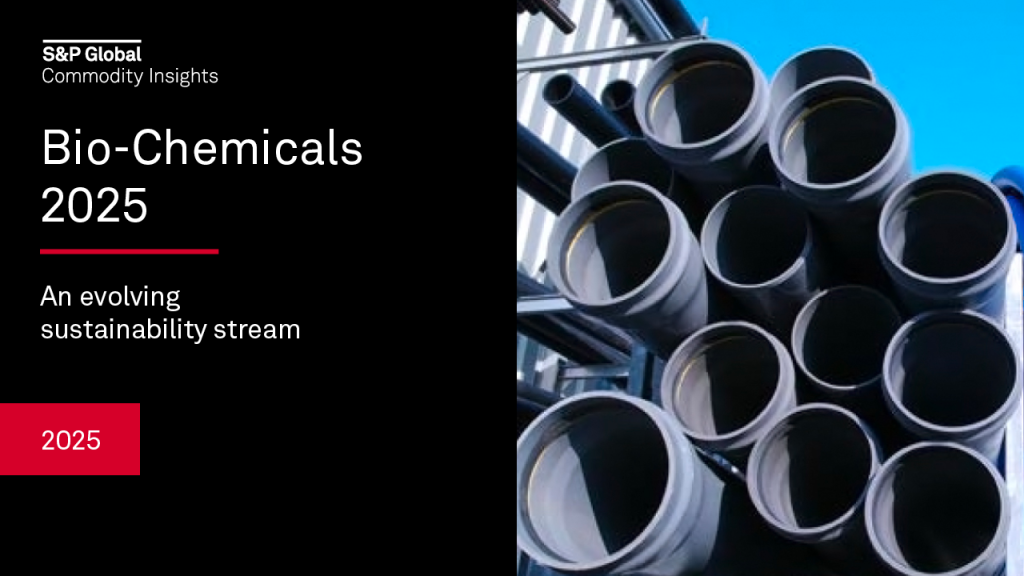Why JPMorgan dropped its ‘time-bound’ 2030 emissions reduction goal
The largest U.S. bank will no longer prioritize a pledge to cut emissions for its operations and electricity consumption by 40 percent. Read More

- A short-term renewable energy goal is also being downplayed.
- Future project investments will be based on an analysis of their potential impact relative to cost.
- The bank has deployed $309 billion in green finance, less than one-third of its $1-trillion-by-2030 goal.
JPMorgan Chase, the largest U.S. bank, has backed away from its pledge to cut the carbon footprint of its corporate offices, bank branches and data centers 40 percent by 2030.
JPMorgan said the transition away from “time- and percent-bound targets,” disclosed Oct. 15 in its 2024 Sustainability Report, will allow it to prioritize measures to reduce, avoid or replace greenhouse gas emissions by analyzing which projects have the largest potential impact relative to cost rather than making decisions based on whether an initiative will deliver specific cuts by a short-term timeframe.
“This evolution in our strategy reflects the insights we have gained over the years and enables us to adapt to a changing landscape, including increased power demand, the pace of technological advancement and the overall economics of sustainable solutions,” the company said in the report.
The original goal was set in 2021, along with pledges related to how JPMorgan makes financing decisions to support the development of low-carbon technologies. Its biggest competitors also have emissions reductions targets focused on their operations (Scope 1) and electricity consumption (Scope 2). For example, Citi aims to become net zero for those categories by 2030, and Wells Fargo is working toward a 70 percent reduction.
As of Dec. 31, 2024, JPMorgan cut emissions related to its operations and overall electricity consumption by 14 percent compared with its 2017 baseline, so it was running behind its original 2030 goal, according to a Trellis analysis of data from its 2023 and 2024 sustainability reports.
JPMorgan declined to comment officially on this year’s sustainability report, nor did it issue a press release about its publication.
Slow progress on renewable energy
The new approach applies to projects JPMorgan is considering across more than 6,500 global sites, such as on-site solar projects, power purchase agreements for renewable energy, lighting and energy efficiency measures and heating and cooling retrofits.
For example, JPMorgan in 2024 installed solar panels at 64 retail branches and three commercial offices; it also paired some of those new installations with energy storage, as part of a pilot project. Its goal in 2023 was to deploy 16 megawatt-hours of energy storage in Arizona and Delaware by the end of 2025. The company’s new headquarters in New York is the city’s largest all-electric tower, powered by a hydroelectric project upstate.
JPMorgan sourced 57,420 megawatt-hours of electricity from its on-site solar panels as of Dec. 31, 2024, up from 47,443 megawatt-hours in 2023. The bank didn’t disclose progress toward its 2030 renewable energy commitment in the latest report; in its 2023 report, the bank said it had reached 23 percent.
JPMorgan will use the cost of renewable energy and the price for high-quality carbon credits when assessing future investments. For example, the company signed a 13-year contract in May that will purchase credits for carbon captured at pulp and paper mills along the U.S. Gulf Coast. The bank paid less than $200 per metric ton of removal, one of the lowest prices reported for a deal of this nature.
$309 billion in green finance
JPMorgan is holding firm on its commitment to invest $1 trillion to support renewable energy, electric vehicles, climate adaptation and other initiatives in pursuit of a clean economy transition by 2030. The bank has so far deployed $309 billion toward that goal, including $68 billion in 2024. Much of that financing came in the form of green bonds or funds deployed for renewables and low-carbon energy projects.
JPMorgan deployed $1 billion in financing to climate adaptation and resilience projects in 2024, its first commitments to that category.
Funding the low-carbon transition
The bank is also sticking to commitments to reduce the emissions intensity of its investments in energy projects and in companies representing eight key economic sectors ranging from aluminum to shipping. Wells Fargo has backed off a similar pledge.
This activity falls into the category of “financed emissions,” and it typically represents the largest portion of any financial institution’s carbon footprint. It’s an area that members of the now-defunct Net Zero Banking Alliance had sought to address collaboratively. JPMorgan pulled out of the group in January.
Despite that defection, the bank still calculates and reports on its energy financing activities. It scrutinizes the amount of money it commits to high-carbon supply compared with its investments toward projects or technologies that support the transition to low-carbon energy. The overall ratio for 2024 was 1.13, meaning that for every $1 committed to high-carbon energy, JPMorgan put $1.13 toward low-carbon projects.
Aside from how it reviews energy financing, JPMorgan also uses 2030 intensity goals to assess investments related to auto manufacturing, aviation, shipping, iron and steel, cement and aluminum. “Our targets are designed to help us track our clients’ decarbonization progress and inform how we can best support our clients’ low-carbon transition objectives,” the bank said in its 2024 report.
For example, the carbon intensity of JPMorgan’s aviation investments has decreased about 20 percent since 2021, primarily because many of its clients in that sector have prioritized fleet modernization initiatives and other projects that have reduced their emissions.
Conversely, the carbon intensity for JPMorgan’s aluminum clients has increased 10.4 percent compared with the 2021 baseline, largely because of its support for companies in emerging markets, where production emissions tend to be higher.

Subscribe to Trellis Briefing
Featured Reports















